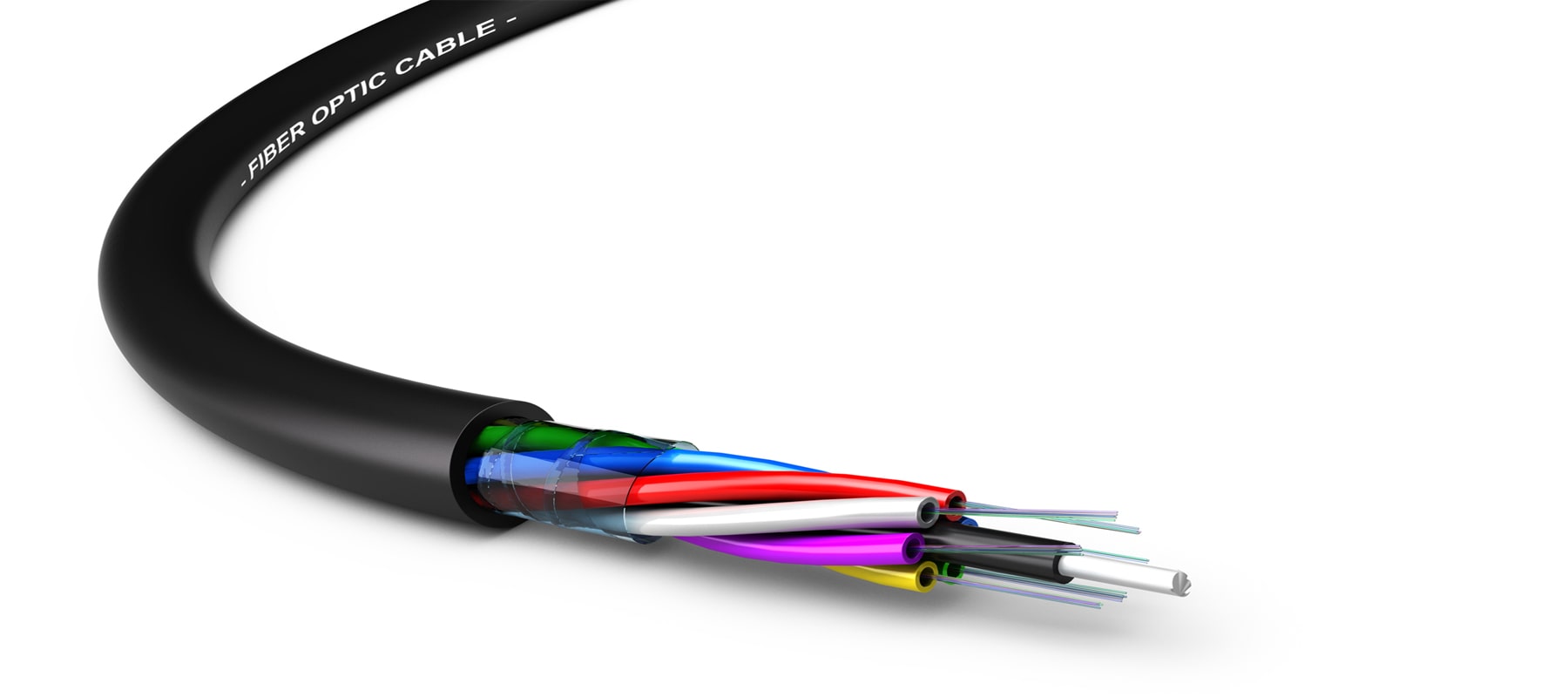How Much Does Office Building Wiring Cost?
Last Updated: December 08, 2021

Fact Checked By: Ashley Smith
On This Page
Fast, dependable data and voice cabling is a must in today's information-driven business world. Cabling problems—one of the leading causes of network problems—cost companies millions of dollars annually. Outdated cabling can also put your business at a disadvantage—if not now, then several years down the road. If your office is moving to a new location, now is the perfect time to upgrade network infrastructure. But even if you're staying put, a network upgrade is one of the most forward-thinking moves a business can make.
Network Cabling Considerations #
Voice and data wiring is a highly technical and job-specific matter that should be discussed in detail with a data cabling company. The following information is only meant to provide you with a basic idea of how network cabling works and what should be considered before a new installation.
- Number of Drops: A "drop" is a run of cable (either voice or data) that originates in a wiring closet or server room and ends in an office, cubicle, or workstation. Each endpoint typically requires one drop for a phone line and one drop for a computer. Additional drops are needed for network devices such as printers and fax machines. You might want to run spare cables to accommodate future capacity. It's cheaper to add extra network cables during a current wiring project than it is to install them later.
- Type of Cable: Computer and telephone (CAT) cabling is typically Cat5, Cat 5e, or Cat6. The difference between them relates to their network support, crosstalk, and bandwidth capacity. If you already run or planning on running VoIP over the network, Cat 5e or 6 should be used. Cat 5 cabling can work for VoIP, but it generally isn't recommended. Cat7 is also available but might be overkill (not to mention too expensive). For non-VoIP telephony Cat3 or Cat4 cabling is fine.
- Building Construction: Running cabling in a building that's under construction is much simpler (read: cheaper) than running cable in an existing building unless the newly-occupied space has sufficient network infrastructure for your enterprise's needs. Assuming that it doesn't and all-new cabling must be run, the difficulty of running new cables plays a significant role in the project cost. For example, installation is much easier in a drop ceiling (aka acoustic ceiling tiles) than it is in a hard-cap ceiling. Similarly, if the cabling shares space with an HVAC system, fire-rated (and costlier) plenum cabling must be used for code compliance.
Office Building Wiring Average Costs #
- As a very rough estimate, expect to pay $125 to $200 per drop for network cabling.
- The actual cost of office building wiring depends not only on the total number of drops, but also the number of face-plates, patch panels, network racks, and switches required in addition to installation, set-up, activation, and testing charges.
- To see how cabling costs are broken down, check out this quote for a 40,000 square foot office with 222 drops. The total cost came to $26,000; more than $10,000 was in labor charges alone.
